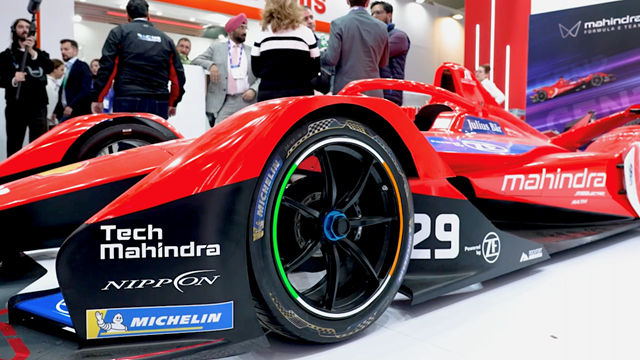Source: Omdia
- The growing demand for AI applications has made a visible impact on the semiconductor sector
- Global semiconductor sector revenues have grown for two consecutive quarters on the back of AI-driven demand
- Nvidia has become the second-largest chipmaker in terms of revenue, surpassing Samsung
The role of AI across sectors is as ubiquitous as it can get, giving a new lifeline to the global semiconductor industry and helping it mark its second consecutive quarter of growth after a prolonged downward trend.
This is the main takeaway from Omdia’s latest Competitive Landscape Tracker focused on the chip industry, which has estimated that the sector’s revenues was up 8.4% in the third quarter of 2023 from its performance in the second quarter of the year. Driven by “continued demand for AI”, total semiconductor revenue reached $139bn in the third quarter. And while a comparison on a year-on-year basis shows this figure is a decline compared to a revenue of $150bn in the third quarter of 2022, the market has now grown for a second straight quarter, following a run of five sequential quarterly declines.
The research firm highlighted Nvidia and SK Hynix as particular beneficiaries from AI, with each of them recording “large semiconductor revenue increases”.
Nvidia, the US-based giant that makes graphics processing units (GPUs) that are used for data-intensive AI, increased its semiconductor revenue by 18% to $12bn in the third quarter of 2023, in stark contrast to $4.6bn in the same period a year ago.
In fact, Nvidia’s leading position in the market for technology that enables generative AI (GenAI) applications is what helped the company report a whopping 206% year-on-year increase in total revenue in the period – see Nvidia’s sales triple as it capitalises on its AI advantage.
South Korean chipmaker SK Hynix, which is considered dominant in the high bandwidth memory (HBM) used in AI applications, has reported a 26% growth in semiconductor revenue to $6.7bn. According to Omdia, since the memory market “was at the lowest” in the opening quarter of 2023, the company’s revenue has increased by $2.9bn, reflecting that the rise of AI has “significantly improved revenues for firms with a large presence in this area”.
Nvidia’s recent performance has also helped it surpass Samsung as the second-largest semiconductor company by revenue, behind only Intel.
Aside from AI demand, growth in the industry has spread throughout other semiconductor segments as well, according to Omdia principal analyst Cliff Leimbach. The research firm said the wireless segment has improved on the back of the release of new smartphone models and better inventory dynamics than were available in previous quarters. The consumer segment was also up 7.9% on a quarterly basis, while the automotive sector rose by 4.3% in the third quarter, showing a steady growth as its last decline was in the third quarter of 2020.
The memory market also bounced back, reaching $24.5bn in the period, with AI demand contributing a large part to this growth.
Leimbach noted that fourteen of the top-fifteen companies have experienced a quarterly increase in semiconductor revenue in the quarter, and 80 of the 126 companies (63%) tracked grew revenue in the period.
Omdia’s latest findings align with a forecast by research firm IDC, which expects the semiconductor sector to grow year on year in 2024, driven in part by the “introduction of AI PCs and AI smartphones next year.”
- Yanitsa Boyadzhieva, Deputy Editor, TelecomTV
Email Newsletters
Sign up to receive TelecomTV's top news and videos, plus exclusive subscriber-only content direct to your inbox.




